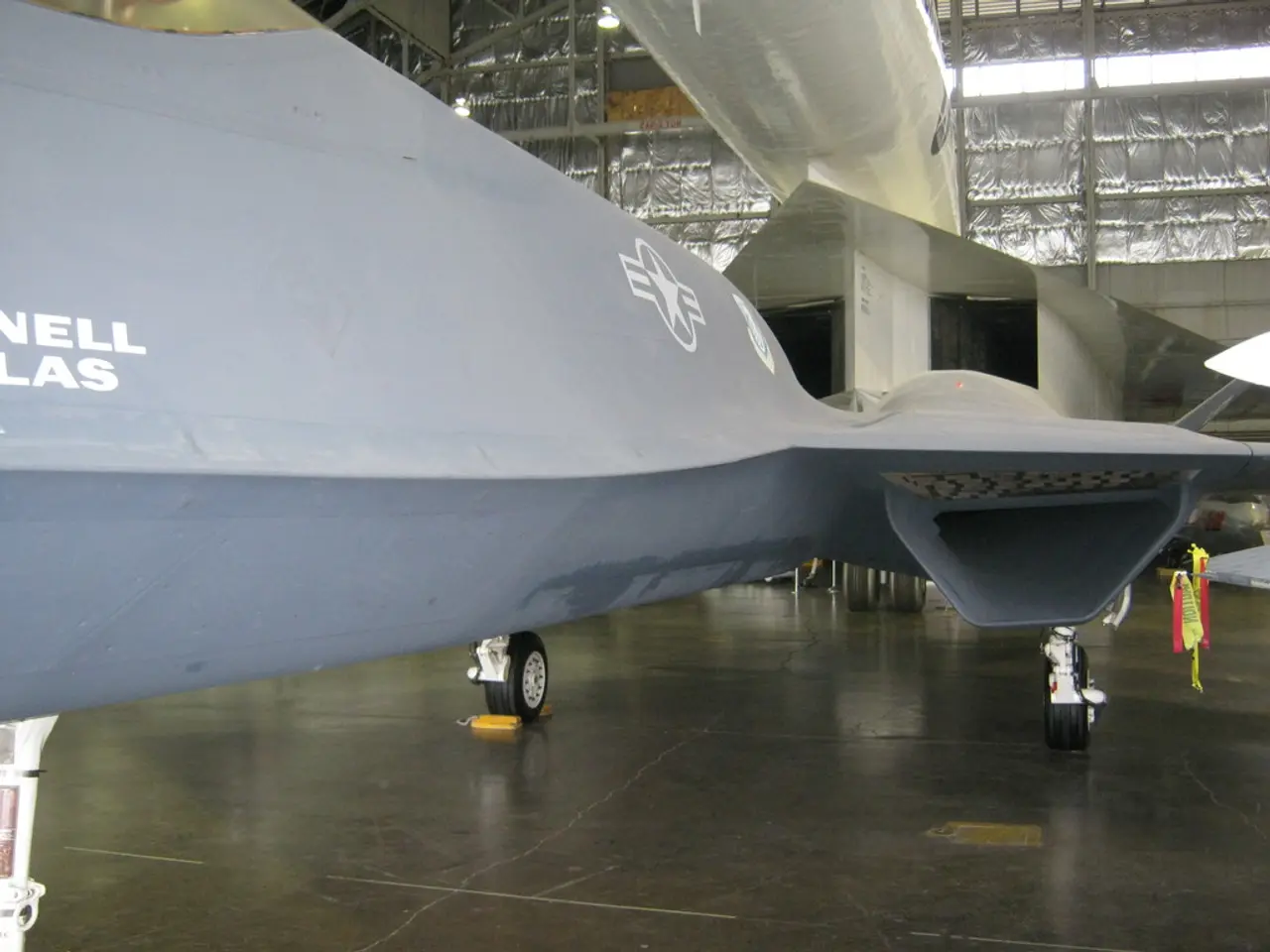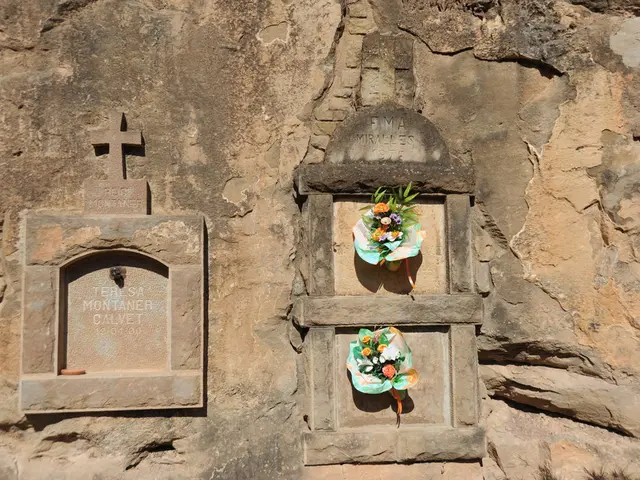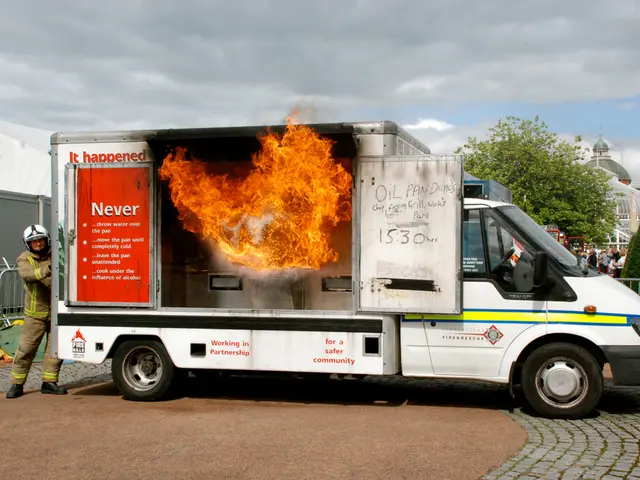Span's Brilliant Engineer: Juan de la Cierva
Spanish Innovator Juan de la Cierva y Codorniú: Pioneer of Rotary-Wing Aircraft and Tragic End at Croydon Airport
Juan de la Cierva y Codorniú, a Spanish aviation genius, is best known for his groundbreaking invention of the autogyro, a type of rotary-wing aircraft. Born on September 21, 1895, in Murcia, Spain, Cierva grew up in a wealthy family, the son of a criminal lawyer, politician, and businessman named Juan de la Cierva y Penafiel.
From a young age, Cierva developed a strong passion for flying. At just sixteen, he built his first aircraft, a biplane called BCD.1, with two friends. This early interest set the stage for a lifetime of aviation innovation.
Cierva dedicated himself to the design and construction of fixed-wing airplanes and gliders from 1916. In 1923, he achieved a significant milestone when his autogyro, a rotary-wing aircraft with rotating wings that generate lift through autorotation as the aircraft moves forward, made its first successful flight in Spain. This design allowed the autogyro to take off from short runways and achieve near-vertical descents, providing advantages in safety and maneuverability compared to fixed-wing aircraft of the time.
The autogyro's first flight marked a turning point in aviation history. Cierva's work on the autogyro's rotor system was groundbreaking and laid essential technological foundations for the development of modern helicopters. His patents and engineering developments contributed significantly to rotor design and helicopter operation principles, influencing the evolution of vertical flight. Although the autogyro temporarily overshadowed helicopters in aviation history, the rotor technology pioneered by Cierva became integral to subsequent helicopter advancements, making the autogyro itself eventually obsolete.
Cierva's contributions also helped lay groundwork for greater aviation safety. His inventions marked a major step in the progression from fixed-wing aircraft to practical rotary-wing machines, shaping the future of vertical flight and helicopter design.
In recognition of his achievements, Cierva received the titles of civil engineer, aeronautical construction specialist, and aviator pilot in Madrid. He established the Cierva Autogiro Company in England in 1925, where he continued his work on rotary-wing aircraft technology.
However, tragedy struck on December 9, 1936, when Cierva passed away in a plane crash at Croydon Airport. He was just a few months past his 41st birthday. His remains were initially buried in a Catholic chapel in England, but in 1946, they were transferred to Spain for burial in his final resting place.
Juan de la Cierva y Codorniú's life and work continue to be celebrated as a significant contribution to the advancement of aviation technology and safety. His autogyro, while no longer in use, remains a testament to his innovative spirit and the impact he had on the world of aviation.
Aviation pioneer Juan de la Cierva y Codorniú's contributions significantly impacted the aerospace industry, with his innovative autogyro design revolutionizing vertical flight and influencing the evolution of helicopter technology. Despite his tragic end at Croydon Airport in 1936, his financial investments and engineering developments in the rotor system have been crucial to the progress of the aviation and finance sectors.








